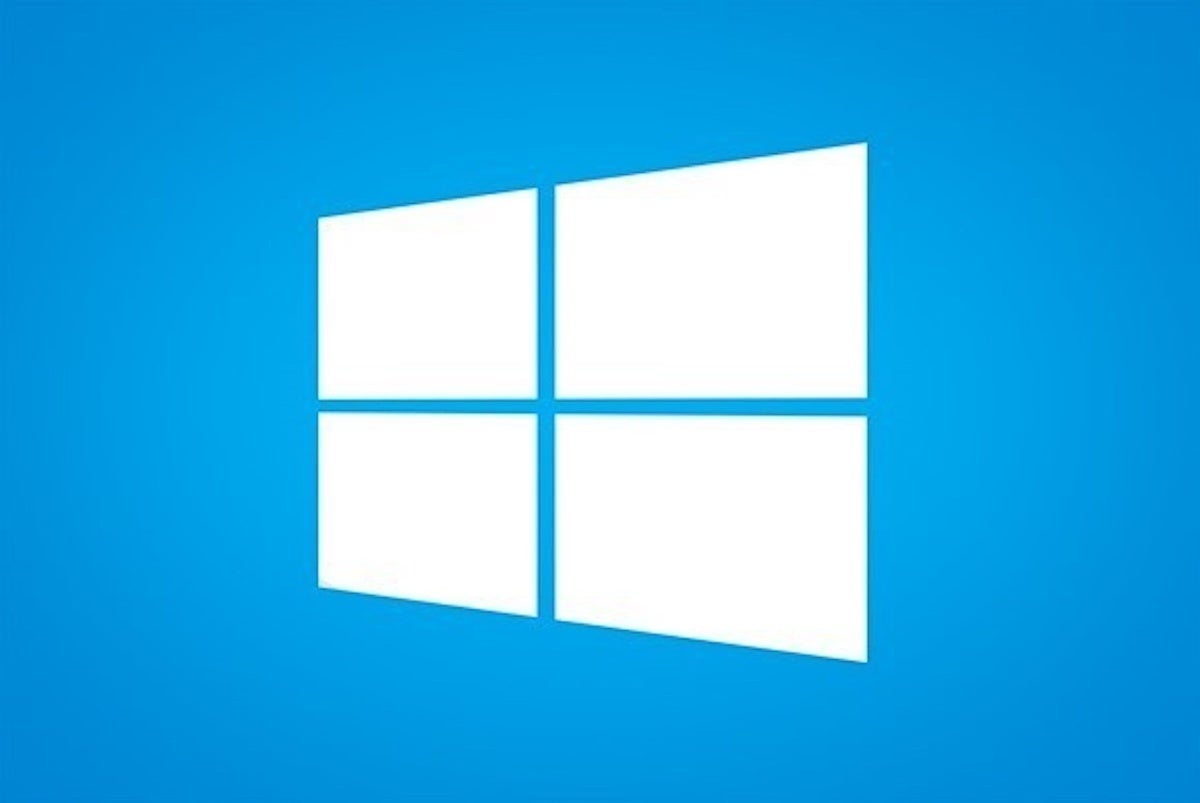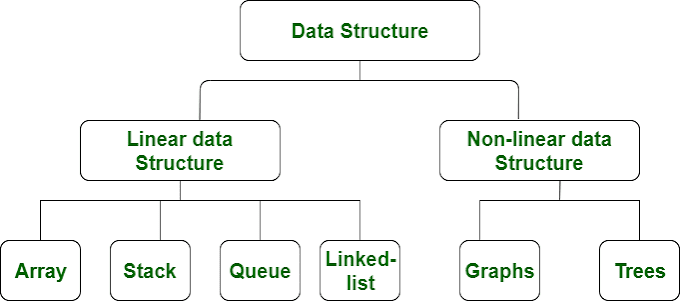By offering the extended support, organizations could safely run Windows 10 for years after its planned 2025 retirement.

Microsoft will almost certainly offer extended support to Windows 10 that will let organizations safely run the operating system for years after its putative 2025 retirement date.
While nothing is certain where Microsoft's concerned, the company does tend to stick with a practice that's proved out. If something, like the concept of Extended Security Updates (ESUs), has generated revenue and squelched commercial customer complaints, that's a twofer Microsoft will take every time.
Latest clue comes from Server 2012
The latest clue that ESUs are here to stay came last month, when Microsoft announced that it will offer three years of additional, paid support for Windows Server 2012, Windows Server 2012 R2 and SQL Server 2012.
"Customers that cannot meet the end of support deadline and have Software Assurance or subscription licenses under an enterprise agreement enrollment will have the option to buy Extended Security Updates to get three more years of security updates," Debbi Lyons, Director, product marketing, Azure SQL and Database Migration, and Vijay Kumar, director of product marketing, Windows Server and Azure Arc, wrote in a July 14 post to a company blog.
Windows Server 2012 and 2012 R2 are due to exit support Oct. 12, 2023; SQL Server 2012 exhausts its support July 12, 2022. ESUs will be sold for all these products in one-year increments for a maximum of three years past the original end-of-support. Thus, ESU licenses for Windows Server 2012 R2 would run to Oct. 12, 2024, Oct. 12, 2025, and Oct. 12, 2026.
Windows Server 2012 and 2012 R2, and SQL Server 2012, join other venerable operating systems and products that have been offered ESU coverage by Microsoft, including Windows Server 2008, Windows 7 and Dynamics AX 2009.
Bet on ESUs for Windows 10
With precedents like these — the last two Windows Server editions, the last two SQL Server editions, and the last Windows client — it's an easy bet that Microsoft will continue to crank out ESUs for software that reaches its sell-by date. In chronological order for Windows, those dates are:
- Windows 10: Oct. 14, 2025
- Windows Server 2016: Jan 12, 2027
- Windows Server 2019: Jan. 9, 2029
Because Microsoft has standardized on three years' worth of ESUs, paid one year at a time, priced lowest the first year, then higher each following year — to encourage customers to upgrade to a still-supported edition — those practices will be continued for Windows Server. (The first year for Windows Server 2012 and 2012 R2 ESU, for instance, will cost 75% of the license cost, with the next two years running 100% and 125%, respectively.) Windows 10 will almost certainly keep to those parameters; the first ESU will extend support to Oct. 14, 2026, with the second and third years pushing out support to October 2027 and October 2028.
Although it may be easy for some to dismiss the idea of ESUs for Windows 10 simply because the successor Windows 11 is, at least initially, largely a UI and UX remodel, that would be to underestimate the impact of the latter's change to hardware requirements.
Because Microsoft will demand that Windows 11-eligible devices sport 8th-generation or later Intel processors, some in-place PCs will be unable to run the OS. (The percentage in an organization largely depends on the org's replacement cycle tempo.) The number of affected systems will be significantly smaller by Windows 10's retirement in four years, but few things raise customer hackles more than Microsoft making them spend hardware budgets simply to run the next iteration of some software.
Computerworld's forecast: Microsoft will offer ESUs for no other reason than to soothe such customers, no matter the number of unable-to-run-11 machines.









